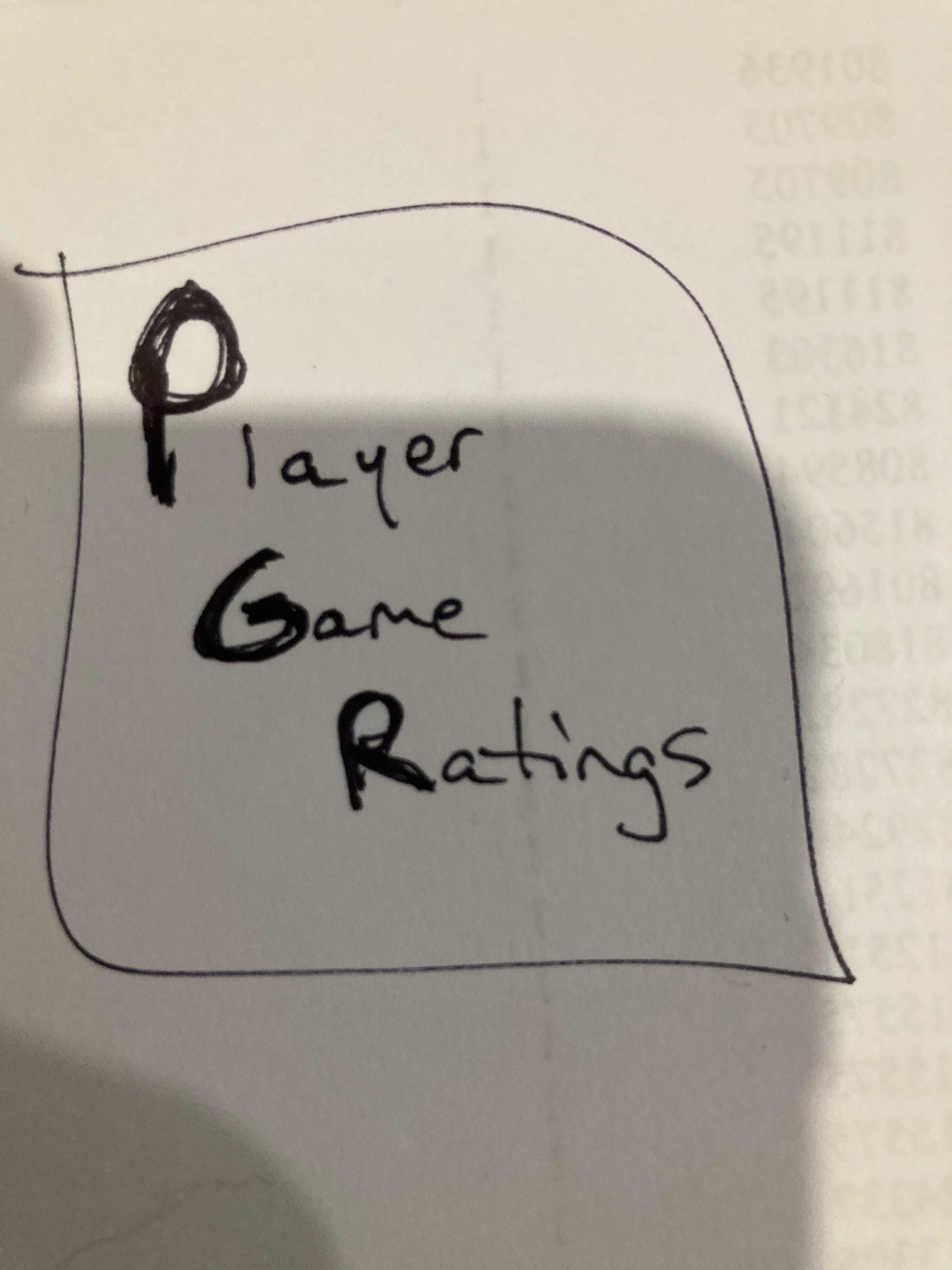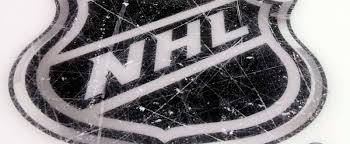A few of the reasons I wanted to give a rating on a game-by-game basis, was that nothing like that was being presented, and any other type of WAR, GAR, player cards available had a large discrepancy between excellent, very good, good, average and below average.
If you have a player at the 92 percentile of other players compared to a player at 34, it gives the perception that the player at 34 is well below average. The same holds for WAR and GAR when you have players well above the positive line and players below. It gives the perception that all players below zero are replacement levels at best.
I was inspired by ratings in European Football matches as they have a base of six and then add or deduct points depending on certain actionable moments in a game. Because of the limitation on what statistics are available from the NHL, we are limited to going back historically to the 2007-2008 season as that is when the league started to track hits and blocks.
The one aspect that has surprised me, is how close NHL players are to each other in terms of overall play on a game-by-game basis. Players will have their peaks and valleys, but it is rare for players to average over 7.0 overall and most players average about 6.4. The replacement level is right around 6.25 using player-game ratings.
Originally I planned to have a base or raw rating and then watch the games to add or deduct from those ratings based on actual events. To include all 32 teams, I decided that the base ratings would be sufficient to give a comparative number for each team. Better teams are going to have better ratings for each player because the core of the ratings is based on production at the end of the day. If a team dresses players who are a weak link, they will be exposed after about 10 games.
The beauty of player game ratings in my opinion is that they can be used on a game basis, a custom period, a season or even a career to give a fairly accurate representation of where a particular player compares to his cohorts using one simple number instead of graphs and charts.
I can also conclude player value using the league average player salary and the league average player rating in a particular year and calculate a value based on each player's rating.
As more stats are publicly tracked, it will only make these ratings more accurate.



